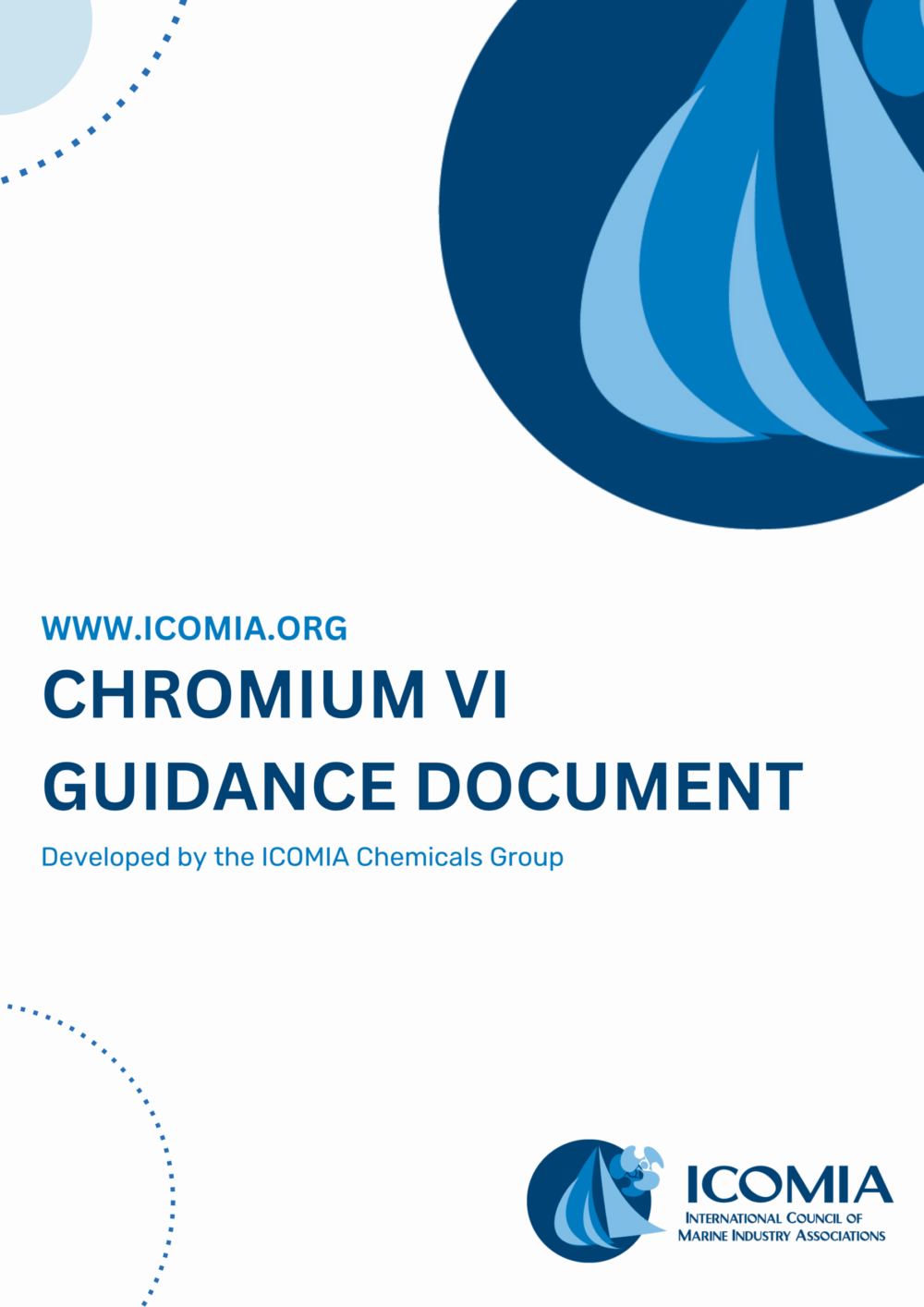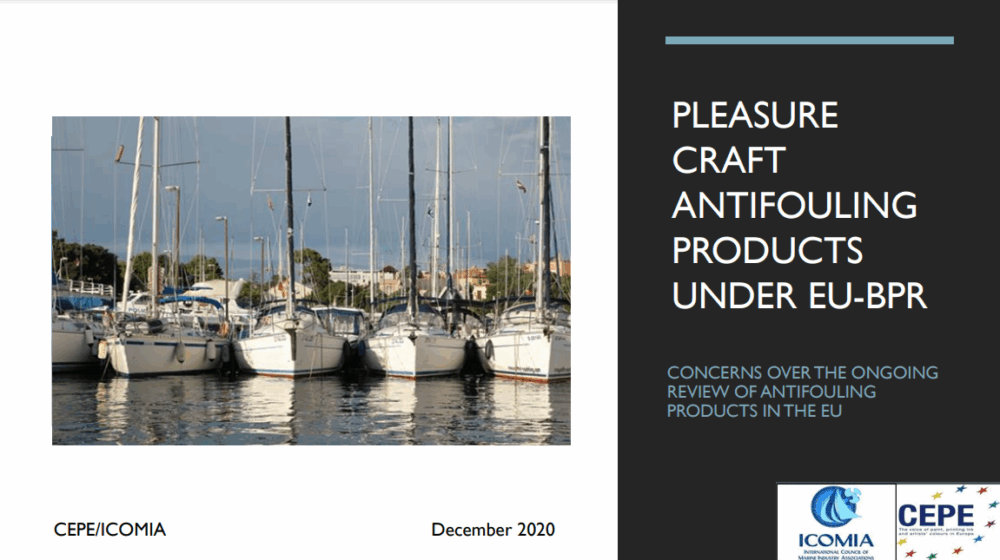With the completion of this project, a detailed calculation of the emissions and fuel consumption of combustion engines in off-road equipment and machinery in the fields of agriculture, construction/industry, gardening, forestry and also sport and passenger boats as well as the military is available for Germany for the first time. Based on extensive research into stocks and uses of equipment and machinery and improvement of the emission factor basis – including taking account of the current and future limit value legislation – as well as assumptions regarding the trend progression in the use of equipment – the emissions of combustion engines in the stated fields were determined for the years 1980 – 2020. Using the TREMOD MM” (mobile machinery) emission calculation model developed in this project, detailed assumptions can be taken into account regarding the age structure, use and emissions and the emissions thus calculated for various scenarios. The calculations show that the areas looked at here account for a not insignificant proportion of the emissions in Germany, especially with regard to particles and nitrogen oxides. Emissions in the sectors under consideration are roughly on a par with road transport emissions in the case of particles, and in the range of 20% of road transport emissions for nitrogen oxides. With regard to particulate emissions, the agricultural and industry/construction sectors dominate with their large number of diesel-powered machines, which can reach an advanced age, especially in agriculture, and to which no limit value legislation applied until 1999. The petrol-driven 2- and 4-stroke engines are chiefly responsible when it comes to hydrocarbon and carbon monoxide emissions. Since limit value legislation was introduced for diesel engines, their emissions have been decreasing continuously. According to the calculations, therefore, and assuming the introduction of Stage 3 in line with the proposal of the EU Commission of December 2002, particulate emissions will decline by around 80% between 1995 and 2020 and nitrogen oxide emissions will be roughly halved. Emissions will be reduced considerably more in the construction sector than in agriculture, which is influenced by tractors with a longer service life. In the case of petrol-driven engines – chiefly in the household and gardening sector – emissions will fall markedly from 2010 onwards with the introduction of limit value stage 2. The analysis also showed, however, that the database is very unreliable compared with road transport. This is due on the one hand to the fact that much of the equipment used is not subject to any licensing obligation and thus few statistical data are available. On the other hand, this sector has been less in the public eye than road transport in recent decades, and for this reason few studies have been carried out on the utilization characteristics or the emissions of the machines. In spite of the dedicated input of many participants in the two workshops held in the project with regard to data and methods, a requirement exists for further in-depth research in the future too.
Model for calculating the airpollutant emissions and fuel consumption of combustion engines in off-road equipment and machinery
€ 0,00
English Summary, covering recreational craft




